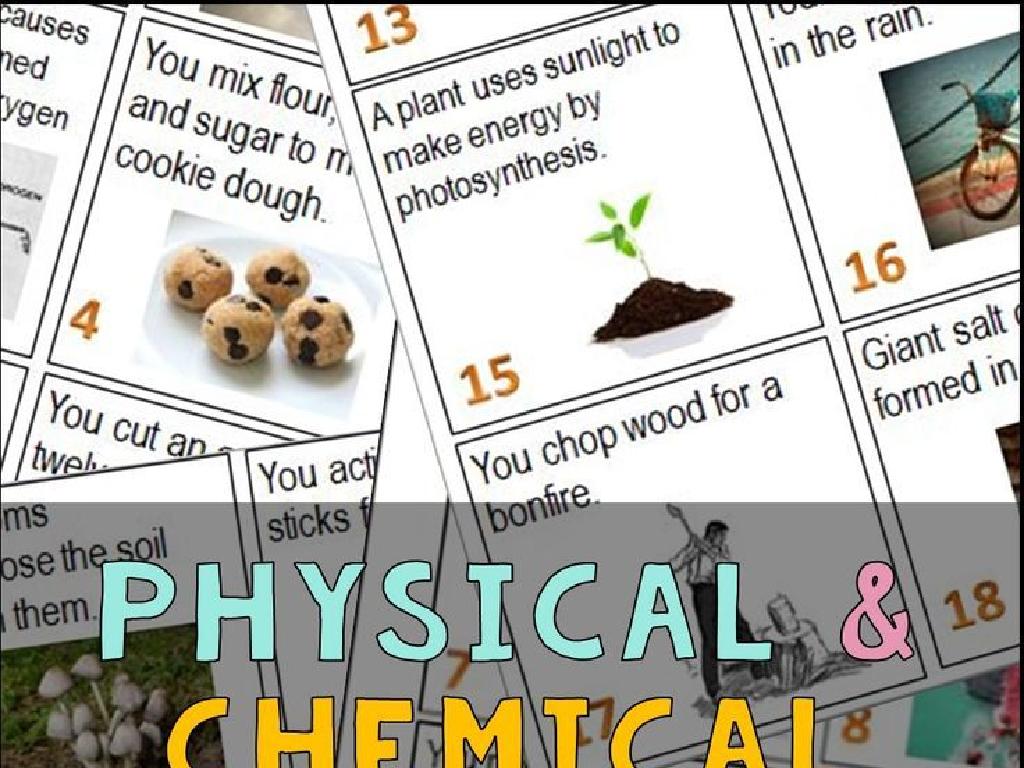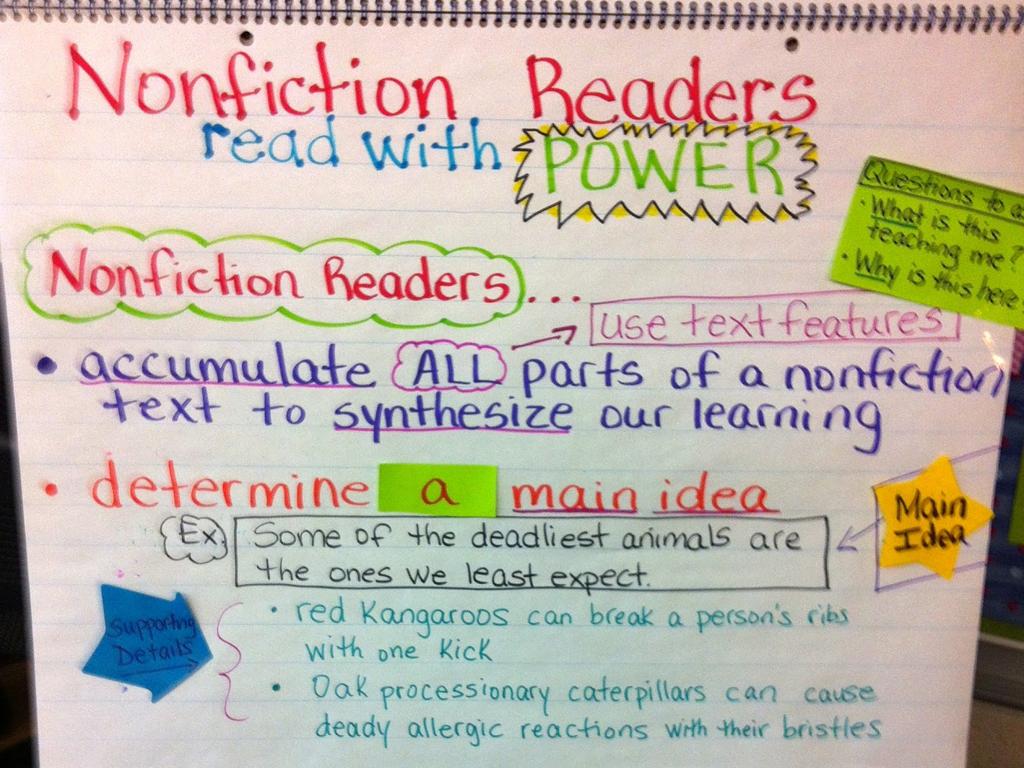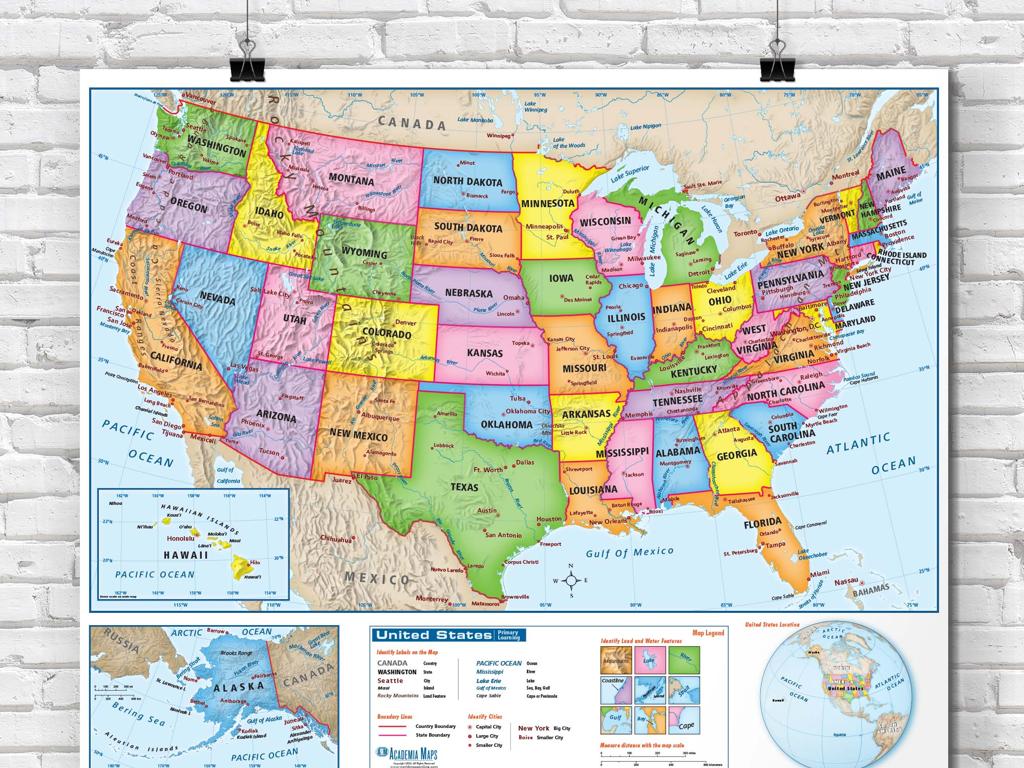Does The Word Start With A Consonant Blend?
Subject: Language arts
Grade: First grade
Topic: Consonant Blends And Digraphs
Please LOG IN to download the presentation. Access is available to registered users only.
View More Content
Welcome to Consonant Blends!
– Special sounds in words
– What are consonant blends?
– When 2 or more consonants are together making one sound like ‘bl’ in ‘black’
– Examples: ‘bl’, ‘st’, ‘gr’
– ‘bl’ as in ‘blue’, ‘st’ as in ‘stop’, ‘gr’ as in ‘green’
– Find words with these sounds
– Think of words with ‘bl’, ‘st’, ‘gr’ at the start
|
This slide introduces first graders to the concept of consonant blends, which are groups of two or more consonants that make a distinct sound together. Start by explaining that these are special sounds that make our words unique. Provide clear examples of consonant blends and encourage the children to think of words that start with ‘bl’, ‘st’, or ‘gr’. This will help them recognize these sounds in different words. Use visual aids or props if possible to make the learning more interactive. For example, show pictures of a blueberry, a star, and a grape to illustrate the ‘bl’, ‘st’, and ‘gr’ sounds respectively. This interactive approach will help students better understand and remember consonant blends.
Exploring Consonant Blends
– What’s a consonant blend?
– When 2 consonants make a new sound together, like ‘bl’ in ‘block’.
– Examples: bl, st, gr
– ‘bl’ as in ‘block’, ‘st’ as in ‘stop’, ‘gr’ as in ‘green’.
– Each sound is heard
– Listen to blend sounds
– We’ll practice by saying words with blends together!
|
Introduce the concept of consonant blends to the students by explaining that when two consonants are next to each other at the beginning of a word, they make a special sound where you can hear each letter. Use visual aids like pictures of a block, a stop sign, and something green to help them connect the blends with the words. Have the students repeat the blend sounds after you to ensure they’re hearing both consonant sounds. Encourage them to come up with other words that start with the same blends and to listen for these sounds in words during their daily reading.
Listening to Blends
– Listen for the blend in words
– Blends are at the start
– Two letters make one sound like ‘sl’ in slide
– Practice with teacher’s words
– Examples: ‘slide’, ‘plant’, ‘truck’
– ‘sl’ in slide, ‘pl’ in plant, ‘tr’ in truck
|
This slide is for a listening activity focused on consonant blends. Start by explaining that a blend is when two consonants are together in a word, and both sounds can be heard. Ask the students to listen carefully as you say words out loud, and then to identify the blend they hear at the beginning of each word. Use the examples ‘slide’, ‘plant’, and ‘truck’ to practice. Make sure to articulate the blends clearly. After saying a word, give the students a moment to think before they respond. This activity helps students recognize phonetic components of words, which is essential for their reading development. For variation, you can ask students to come up with their own words that start with the same blends.
Finding Blends in Words
– Let’s explore words together
– Spot the consonant blends
– Blends are two letters making one sound
– Examples: ‘smile’, ‘frog’, ‘play’
– ‘sm’ in smile, ‘fr’ in frog, ‘pl’ in play
– Practice finding blends
|
This slide is aimed at helping first graders recognize consonant blends in words. Consonant blends are combinations of two (or three) consonants that make a distinct sound, such as ‘sm’ in ‘smile’. Start by explaining what consonant blends are and then show examples. Use the words ‘smile’, ‘frog’, and ‘play’ to illustrate common blends. Encourage the students to say the words out loud and listen for the blend sounds. As an activity, you can have students find additional words in their reading books that start with consonant blends and share them with the class. This will help reinforce their understanding and recognition of consonant blends.
Consonant Blend Matching Game
– Look at the cards with pictures
– Find words starting with consonant blends
– Words like ‘block’, ‘tree’, ‘snail’
– Match pictures to the correct words
– Let’s see who can make a match!
|
This interactive game is designed to help first graders recognize and understand consonant blends at the beginning of words. Display cards with images and have corresponding words with consonant blends. Guide the students to say the word out loud and listen for the starting sounds. Encourage them to find the picture that matches the word with the consonant blend. For example, ‘block’ starts with the ‘bl’ blend, so they would match it to a picture of a block. This activity will reinforce their phonics skills and ability to identify consonant blends in a fun and engaging way. Prepare multiple sets of cards to ensure each student has a chance to participate.
Creating Our Own Blend Words
– Choose a consonant blend
– Think of a word with this blend
– Examples: ‘br’ in ‘broom’, ‘st’ in ‘star’
– Share your blend word with the class
– Listen to friends’ blend words
|
This slide is for a class activity focused on consonant blends. Start by explaining what consonant blends are: two or more consonants combined where each sound is heard, like ‘bl’ in ‘black’. Have a list of common blends ready for students to choose from (e.g., ‘bl’, ‘cr’, ‘dr’, ‘fl’). Encourage students to think creatively and come up with a word that starts with their chosen blend. After they’ve thought of a word, they’ll share it with the class. This activity helps reinforce their understanding of blends and allows them to practice phonics and pronunciation. Possible activities: 1) Students draw a picture of their word. 2) Create a blend word wall with students’ words. 3) Pair students to guess each other’s blend word. 4) Use blend words in sentences.
Class Activity: Blend Bingo!
– Let’s play Blend Bingo together!
– Listen for words starting with a blend
– Blends are two letters like ‘bl’ or ‘st’ in ‘block’ or ‘star’
– Mark the blend on your Bingo card
– Shout ‘Bingo!’ when you get five in a row
|
This interactive game is designed to help first graders recognize and understand consonant blends at the beginning of words. Prepare Bingo cards in advance with various consonant blends. As you call out words, students will listen for the initial consonant blend and mark it on their cards. The first student to get five marked blends in a row (horizontally, vertically, or diagonally) should shout ‘Bingo!’ Possible variations of the game could include: 1) Using pictures instead of words for students to identify the blend, 2) Playing in small groups for more turns per student, 3) Offering a ‘Blend Challenge’ where students come up with their own words that contain the blends on their cards.
Review and Goodbye: Consonant Blends
– Recap on consonant blends
– Consonant blends are two letters that make a unique sound.
– Practice blend words aloud
– Examples: ‘bl’ in block, ‘st’ in star.
– Praise for today’s learning
– Looking forward to next class
|
As we wrap up today’s lesson, let’s revisit what we’ve learned about consonant blends. These are combinations of two consonants that, when put together, make a distinct sound. Encourage the children to recall and pronounce some of the blend words we’ve covered in class, such as ‘bl’ in ‘block’ or ‘st’ in ‘star’. Offer praise for their hard work and participation throughout the lesson. Let them know you’re excited to see them in the next class and to explore more about consonant blends and digraphs. This positive reinforcement will help build their confidence and enthusiasm for learning.






